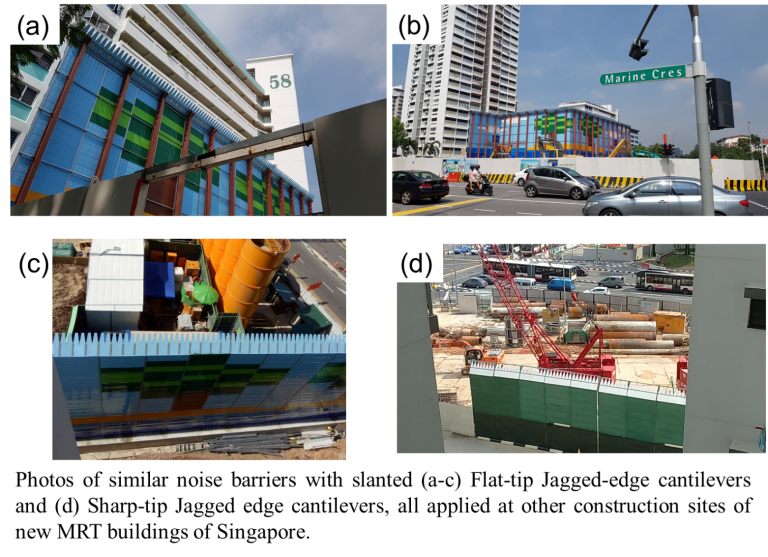Computational Mechanics
Computational Mechanics is the application of modelling and simulation for understanding and predicting complexing physical behaviours in engineering and science. The research focuses on areas that involve and enrich the application of mechanics, including solid mechanics, fluid mechanics, fluid structural interaction, multiphase flow, material science, mathematics and numerical methods. It covers new methods and computationally-challenging technologies. For example, the governing equations in Fluid Mechanics are typically non-linear, time and history dependent, and sometimes display stochastic behaviour from a deterministic setting. The Department has built up a critical mass, with sustainable research funding, international visibility, industry-based research and outcomes. Our effort has been targeted at the following areas:
- Development of novel and efficient numerical methods and algorithms such as the particle and mesh free methods to solve a wide variety of fluid flow problems for understanding complex non Newtonian fluid behaviours or multiphase fluid flow.
- Development of new insights in physical flow processes, such as the functioning of pulse detonating engines and the additive manufacturing of fibre reinforced prototypes.
- Development of modelling and simulation tools for the design of composites and also a better understanding of their failure mechanisms, in particular hybrid composites and metamaterials.
- Development of modelling and simulation tools for sound and vibration, in particular the development of solutions for the mitigation of traffic, construction and aircraft fly past noise.
Development of modelling and simulation tools for a better understanding of plastic deformation processes and high strain rate deformation for blast mitigation.
Highlights of awards and research grants
| Awards | Associate Professors Lee Heow Pueh and Lim Kian Meng are the recipients of the 2017 Minister for National Development R&D Merit Award for their innovative noise barrier design for the mitigation of traffic noise. The project was funded by LTA for the mitigation of noise from construction sites. The new noise barrier design, which has been implemented at the East Coast stretch of the Thomson-East Coast Line since September last year, reduces loudness of the noise by up to 30 per cent. There are also plans to use the new design at future work sites for public transport infrastructure.
|
| Research Grant | The Sonic Structure Project – meeting the trio challenges of providing natural ventilation, daylight and noise mitigation funded by NRF L2NIC, project duration from Dec 2014 to Nov 2017. |
| Funding amount: approx. SG$1,709,715 | |
| PI: Associate Professor Lee Heow Pueh, Co-PI: Associate Professor Lim Kian Meng and Professor Khoo Boo Cheong | |
| Research Grant | Mitigation of Noise from Construction Sites Based on Sonic Cage and Innovative Noise Barrier Designs, LTA Innovation Grant. Project duration: May 2015 to Sep 2016. |
| Funding amount: approx. SG$354,000 | |
| PI: Associate Professor Lee Heow Pueh, Co-PI: Associate Professor Lim Kian Meng | |
| Research Grant | Technology Development for Suppliers Development Initiative: Natural Fibre. A*STAR SERC Grant. Project duration from Jan 2015 to Jan 2018. |
| Funding amount: approx. SG$952,000 | |
| PI: Associate Professor Lee Heow Pueh | |
| Establishment of new research centre | Centre for Composites Engineering and Research – funded by MOE, project duration is from Jan 2015 to Dec 2018. |
| Funding amount: approx. SG$3,000,000 | |
| Lead PI is Professor Tay Tong Earn and PIs consist of Professors and Associate Professors from Applied Mechanics, Fluid, Manufacturing and Materials groups. |
Project Shimo- funded by DSTA, project duration from Aug 2013 to May 2016, project amount is about SG$1,380,000. PI is Associate Professor is Teo Chiang Juay.




